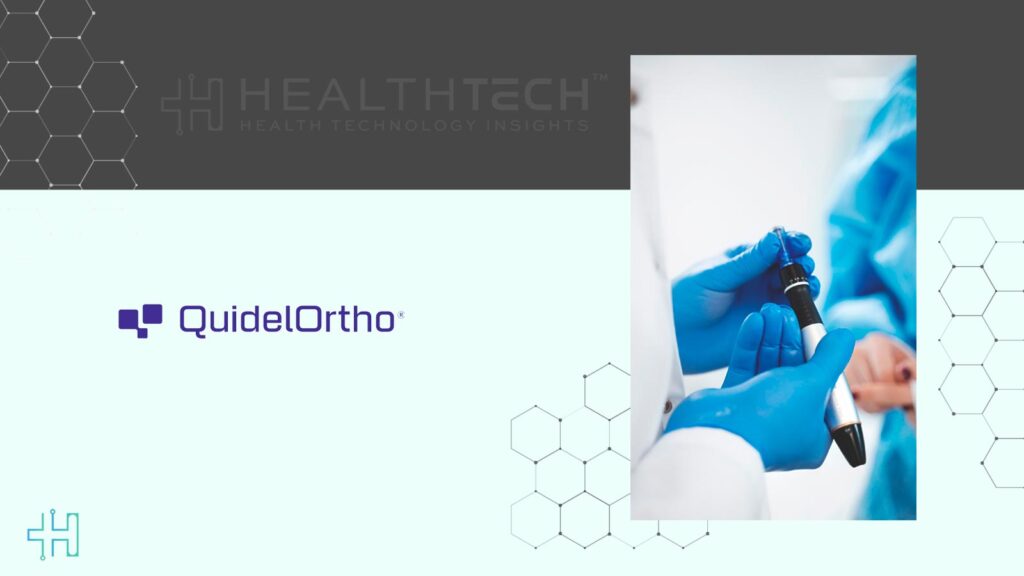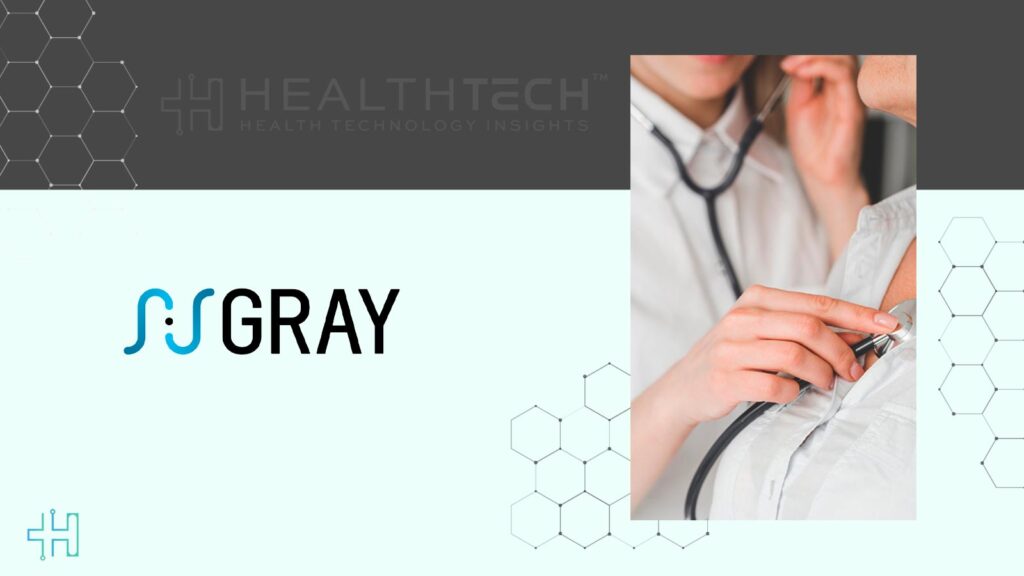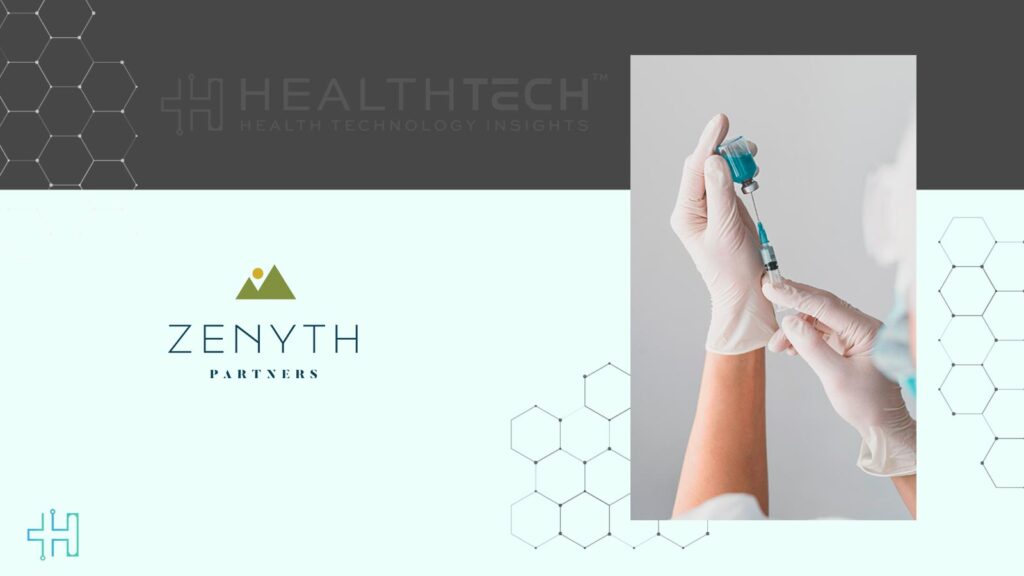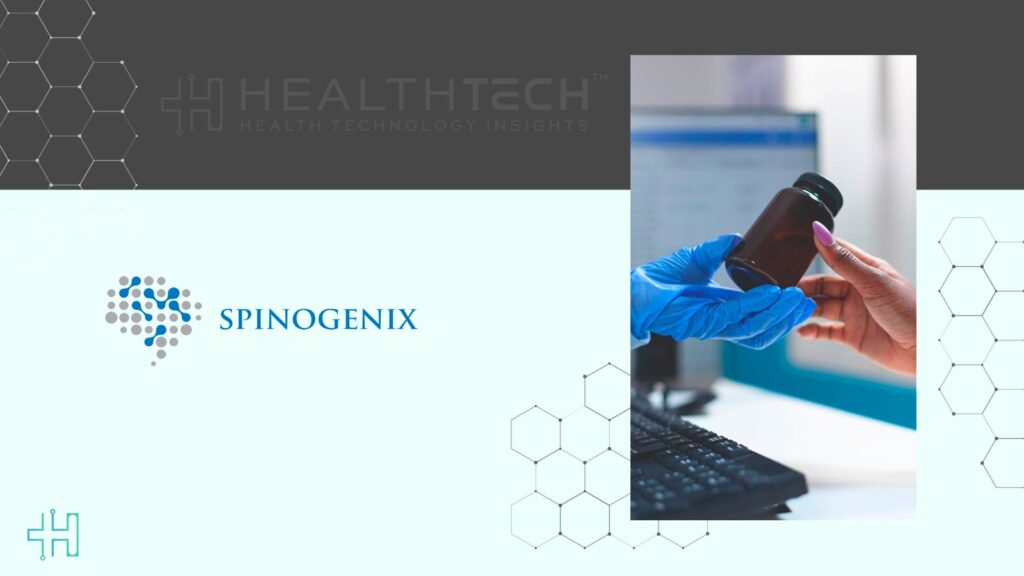GS1 Healthcare celebrates 20 years advancing healthcare digitalisation with a series of events throughout the year
Twenty years ago, GS1 expanded barcode technology into healthcare, revolutionising how medical products are tracked and identified and extending its use to standardise the identification of patients, locations, assets, and more. Originally launched in the retail sector in the 1970s, the barcode has simplified processes and enhanced efficiency across the healthcare industry.
Over the past two decades, GS1 barcodes have transformed healthcare systems, creating a ripple effect that ultimately benefits patients worldwide.
GS1 barcodes have become indispensable in global healthcare supply chains. From giving time back to patient care by streamlining inventory management, to enabling unique identification of medicines and medical devices, these barcodes have laid the foundations for safer, smarter care.
“The journey of barcodes in healthcare began when regulators sought a reliable and smart way to identify and track medical products. GS1 provided the right technology—an innovation as simple as a barcode scan,” said Renaud de Barbuat, President and CEO of GS1. “Over the past two decades, GS1 barcodes have transformed healthcare systems, creating a ripple effect that ultimately benefits patients worldwide.”
Regulators rely on GS1 standards to ensure globally harmonised traceability of medical products. Today, the GS1 DataMatrix barcode is recommended or mandated in healthcare regulations across more than 70 countries. With over 16.5 billion medicine packs in the U.S. and EU alone carrying GS1 DataMatrix barcodes annually, the system has become a cornerstone of global healthcare.
Health Technology Insights: BayPine to Acquire CenExel
Making patients safer every day
Barcodes in healthcare are making a difference for millions globally. In the UK for instance, a report commissioned by the Scan4safety initiative found that the use of GS1 barcodes led to a 76% reduction in medical errors, eliminating mistakes related to the wrong patient, drug, or dosage.
Scanning GS1 DataMatrix barcodes allows healthcare professionals to verify the correct medication, dose, and patient in real time. In operating rooms, barcodes help track surgical instruments, so all tools are sterilised and accounted for before and after surgery, reducing risks for patients.
Health Technology Insights: Saisei Ventures Launches Biotech Executive Fellows Program
“For two decades, GS1 barcodes have been an indispensable guardian of patient safety”, said Susan Moffatt-Bruce (MD), President of Lahey Hospital Medical Centre (US). “By powering the efficient sharing of data, barcodes help healthcare providers make informed decisions that prevent errors and improve care”.
Additionally, GS1 barcodes support fighting counterfeit medicines. The WHO estimates that 1 in 10 medicines globally are substandard or falsified. GS1 barcodes ensure that medicines can be tracked and traced at every stage—from manufacturer to patient—making it easier to detect fake drugs or to report adverse events swiftly across the world.
A year of celebrations to mark 20 years of GS1 standards in healthcare
To mark the 20th anniversary milestone, GS1 has announced that the 40th GS1 Healthcare Global Conference will take place in Brussels from 4 to 6 November 2025. This flagship event will bring together global healthcare leaders, regulators, and industry stakeholders to celebrate two decades of progress and collaboration.
Held as the culmination of a year-long series of local events, the conference will spotlight the critical role of global standards in driving digitaltransformation, patientsafety, andsupplychainresilience across the healthcare sector.
The future of safer, smarter care
GS1 Healthcare looks to the future with a clear mission: to make safer, smarter care accessible to everyone, everywhere.
GS1 is working with leading global technology companies to ensure barcodes on medical products can be scanned by patients with their smartphones, giving instant access to critical information about treatments—all in one simple scan.
“For over a decade, we’ve been using GS1 barcodes to help us share patient data to enable digital innovation in the Australian healthcare system. I imagine a world in the future where all data can move seamlessly from point A to point B without any manual intervention”, said Peter O’Halloran, Chief Digital Officer for the Australian Digital Health Agency.
A Call to Action
This 20-year milestone is a celebration and a call to action to all healthcare stakeholders to join GS1 in building safer, smarter care for everyone, everywhere.
Health Technology Insights: Able Innovations Launches Robotic Patient Transfer in Canada
To participate in our interviews, please write to our HealthTech Media Room at sudipto@intentamplify.com
Source – businesswire







